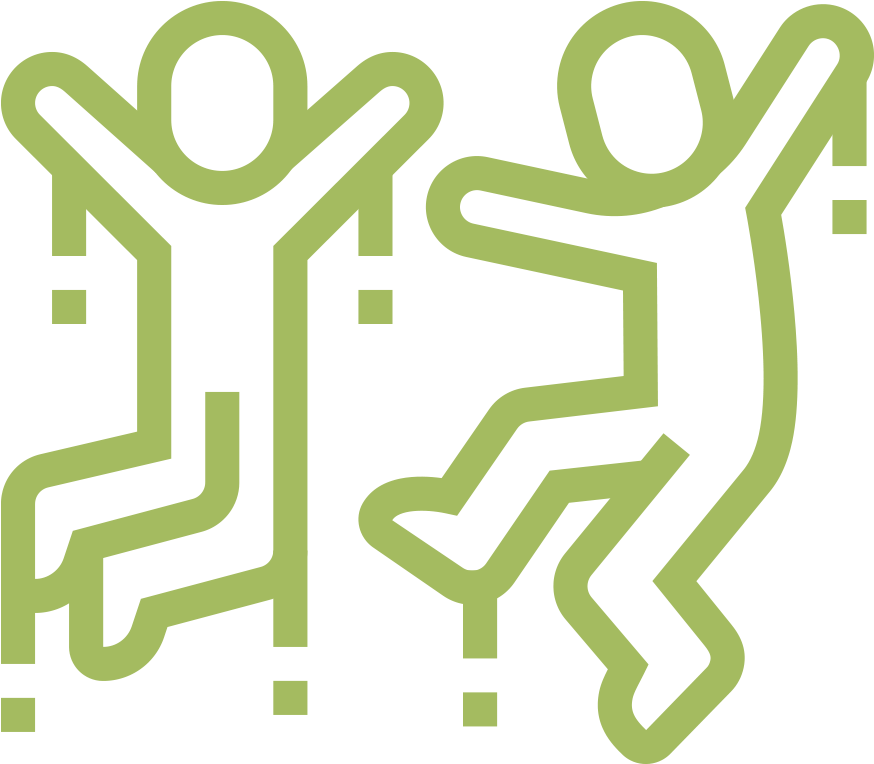Spring Greens


A surefire winner for spring greens is to mix them with feta, ricotta or cream cheese, a couple of eggs, salt & pepper, lemon juice, and some optional pine nuts and nutmeg, then layering up a few sheets of filo pastry brushed with butter or oil in a cake tin, topping with the spring green filling, topping with a few more butter-brushed filo sheets and baking until golden and delicious (about 30-40 mins). As it’s served hot or cold, this ‘spring greens spanakopita’ is an easy winner for a family meal and can even be made a day ahead – not to mention, the kids love getting involved in making it!

Nutrition
They are a great source of vitamin K to meet your Recommended Dietary Allowance (RDA) supporting blood clotting and an essential role in bone health.

Shopping Guide
Top tip: try to buy your spring greens as whole heads as you will usually pay more to buy them ready chopped. Try and go for vibrant green leaves avoiding those that are slimy or wilting but don’t overlook any in the reduced section of your supermarket. Often found here the bulbs can be saved and cut off to regrow your new ones at home.

Storage
To store, they’ll keep on the counter for a couple of days, but up to 2 weeks if sealed in an airtight bag or container in the fridge.

Serving Suggestions
Spring onions are usually added to salads or as a finishing flavour to top some Mexican or Asian recipes, but their lovely mild taste makes a great addition to lots of dishes.

Seasonality
Buying veg in season is not only great for the planet, it can be good for your wallet, too! Seasonal veg are often cheaper and frequently taste better, so can be a better time to try with a child as the often sweeter, riper taste is more enjoyable.
Coming In:
February
At Its Best:
March - July

Engage
Here are some of our favourite ways to engage kids with spring greens:
Arts & Crafts
Start simple with some non-food based engagement. This is especially helpful for a fussier child or those with sensitivities around food.
For spring greens, why not try making an edible jungle or forest scene using spring greens for trees and other veg for details on a plate or tray? Or try drawing a close up spring green leaf by observing it under a magnifying glass to get the veins, lines and leaves just right!

Science
Science allows for curiosity, play and hands-on experiments. It helps kids to become fascinated with veg – how it looks, reacts, smells, cooks and more. Finding fun and simple experiments to allow kids to play with their veg makes them curious about it and helps them approach it in a positive way.
Explore spring greens by investigating the leaves, veins, stems and colours of them with a magnifying glass. How are they different to leaves on trees? How are they similar? What is the texture like? The colour? Does it remind you of anything?

Sensory
Sensory exploration can be a wonderful introduction to physically interacting with veg. Turn it into a positive, pressure-free experience by starting off with the golden rules of “You don’t need to try and you don’t need to like.” Reassuring a child that, while they have a chance to taste a veg, they don’t have to, and are not expected to like it if they do, can make them more happy to engage with it.
Try exploring spring greens through your senses. What does it look like? How does it feel? What colours can you see? Does it remind you of anything? Does it have a smell? Try biting through the leaves and stems separately, or snapping them by your ear if not up to trying them, and see if the leaves or stems sound crunchier.

Kids in the Kitchen
Children who help to prep and cook veg are more likely to eat it. If you feel your child is ready to help and could benefit from it, keep the stress and mess to a minimum by choosing one simple task for them to do as part of the prep, meaning they can be involved and feel like the recipe is in part ‘theirs’, but also not make the process too much longer or more complicated.
For a younger child, why not get them to wash the spring greens by separating out the leaves and giving them a good wash and dry. If they want to do more, can they help pull the leaves off the stems and tear into small pieces ready for you to pop in a stew, or simmer for a few mins, drain and serve dressed with some olive oil, lemon juice and salt and pepper.
For an older child, it could be a great opportunity to practise some essential knife skills using the claw grip to roughly chop the leaves.
DOWNLOADS:
Use our Kitchen Ninja chart and videos to find simple ways for kids to help in the kitchen.


Your Food
Find your go-to meals in our family favourites section and see what veggies work best with them.
Find out how to add more veg to your suppers here.
Recipes

Serving
The moments before food is offered can be a perfect opportunity for engagement that can help make it more likely a child will eat it!
The first thing to do is remove the pressure. If the veg doesn’t get eaten, it’s not the end of the world. There will be other days, other dinners, other chances. Fun is key here – try not to worry about mess, perfect table manners, or playing with food. Instead, focus on making the process of getting the food to the plates, readying the table, and the actual eating relaxed.
The best principles for success here are the Three Rs (role modelling, rewarding, re-offering) which you can read about here.
But there is one more way you can serve for success, and that is giving your child a role. You don’t have to do this every time, just encourage them in their strengths through it when you can.
Here are some of our favourite ideas:
Design a menu
Come up with a silly name or story for a dish
Help with making a meal plan and choosing veg for dinners or snacks
Help to serve up the meal on dishes, lay the table or create a centrepiece to be involved in the physical ‘serving up’ process
The Wonderful World of Veg
Check out our vegepedia. When to buy in-season. How to store them to keep for longer. How to engage children with each veg, and simple ideas of how to prepare and cook them for maximum taste and minimum waste. Select a veg…









